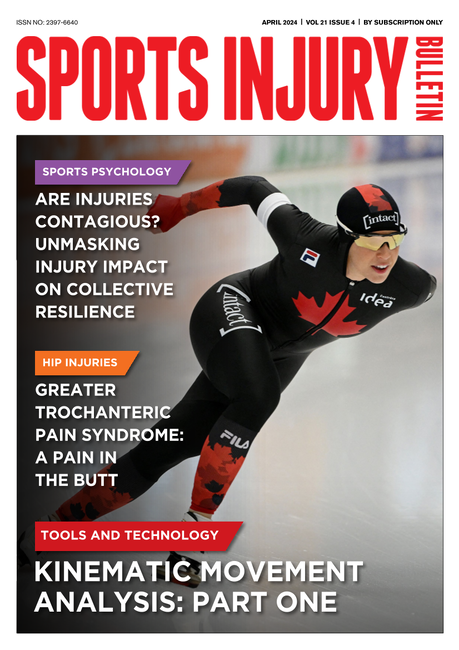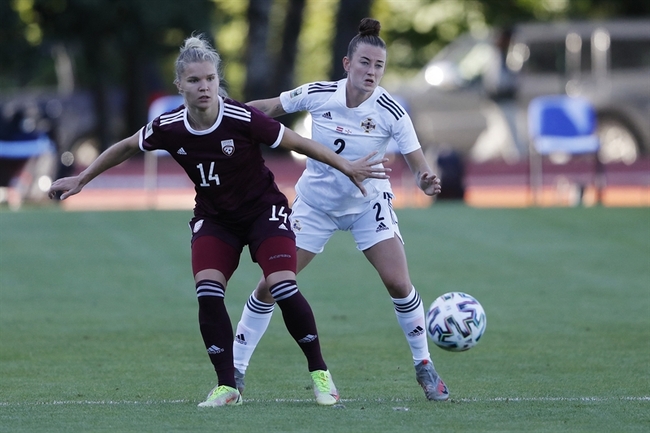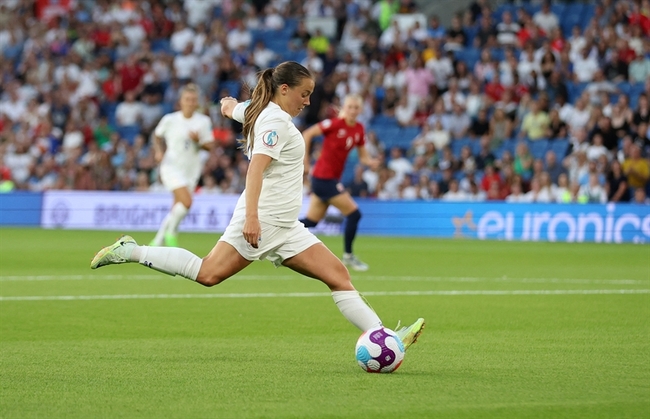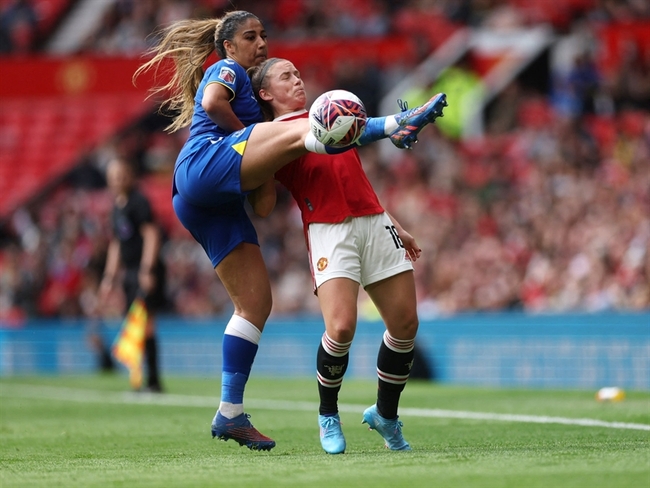How does treadmill compare to overground running?
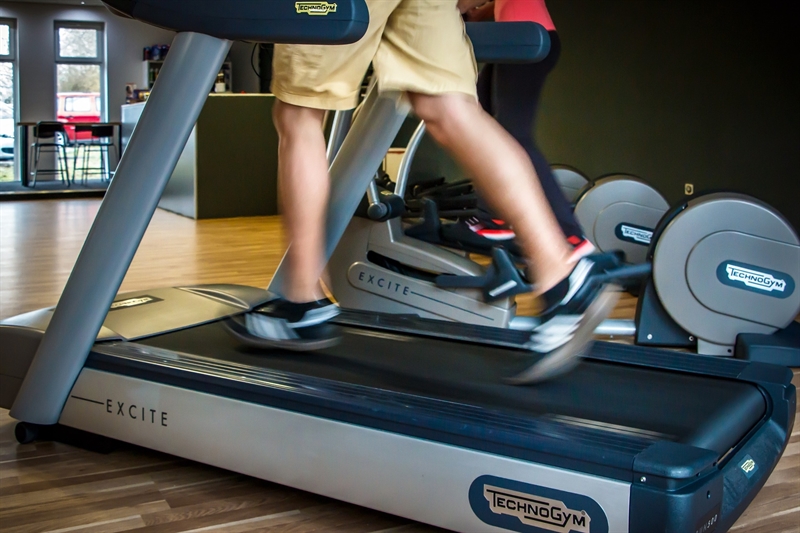
With 14% of United States runners preferring to train on an motorized treadmill (MT), many clinicians using the MT as a tool in gait-retraining, and its role in the collection of sports science data, it is important to understand the differences between running on an MT and overground(1). A group from the Netherlands wondered what the body of research had to say about these different modes of running. They conducted a systematic review and meta-analysis of the current studies to compare the biomechanical differences between running on the ground and a level (non-inclined) MT(1).
After an exhaustive search, they arrived at 33 published articles that met inclusion criteria for the study. The total population was 494 subjects, roughly two-thirds of which were male. The studies compared various biomechanical and spatiotemporal aspects of running on the MT versus overground; however, they varied drastically in the measured parameters and reported findings. While individual studies may have reported significance in their measurements, this usually didn’t present as significant in all of them, resulting in low-grade evidence for the conclusions (see figure 1). Therefore it appears that running on a treadmill is quite similar to running overground.
Figure 1: Biomechanics of treadmill compared to overground running(1)
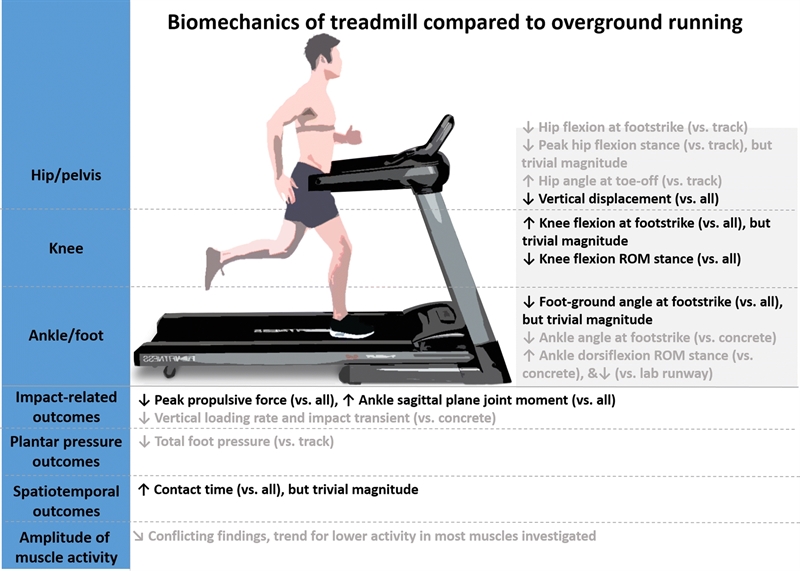
"Summary of significant differences between treadmill and overground running biomechanics found with meta-analyses. Overall surface effects are indicated in black, subgroup (individual surface) effects in gray. Amplitude of muscle activity represents a qualitative interpretation of the findings as meta-analysis could not be performed for this outcome. ROM range of motion. Treadmill; “down arrow” lower; “up arrow”, greater/longer compared to overground." Sports Med. 2019 Dec 4. doi: 10.1007/s40279-019-01237-z. [Epub ahead of print]
So what are the implications of this review? Firstly, the type of MT used matters. While the equipment may appear similar, differences exist in the rate of belt turnover, the width of the belt, the stiffness of the belt, and the power of the motor. Know your machine and understand how its mechanics impact the runner. For instance, it appears from the study that a more powerful motor translates to longer stride times by the runner. While a wider belt means that an athlete’s stride times might be shorter than if they were running on the concrete. A stiffer running surface provided by the MT might also change biomechanics as the body compensates by increasing knee flexion and ankle dorsiflexion at footstrike.
Secondly, minute changes may occur when running on a treadmill, such as a decrease in vertical displacement and a change in muscle activation. Additionally, the study emphasizes the fact that familiarity with the MT impacts performance. Therefore, when analyzing a runner’s gait, it is best to allow them to get comfortable running on the treadmill for at least eight minutes before examining their biomechanical patterns(1).
Furthermore, the researchers cite a study completed after the search period of the meta-analysis that showed an increase in muscle forces in the gastroc/soleus complex while running on an MT(1). For those with Achilles tendon or calf injuries, running on an MT might not be the best place to begin after rehab. They also report that running on an MT may decrease running economy and require more energy from the runner.
Reference
- Sports Med. 2019 Dec 4. doi: 10.1007/s40279-019-01237-z. [Epub ahead of print]
You need to be logged in to continue reading.
Please register for limited access or take a 30-day risk-free trial of Sports Injury Bulletin to experience the full benefits of a subscription.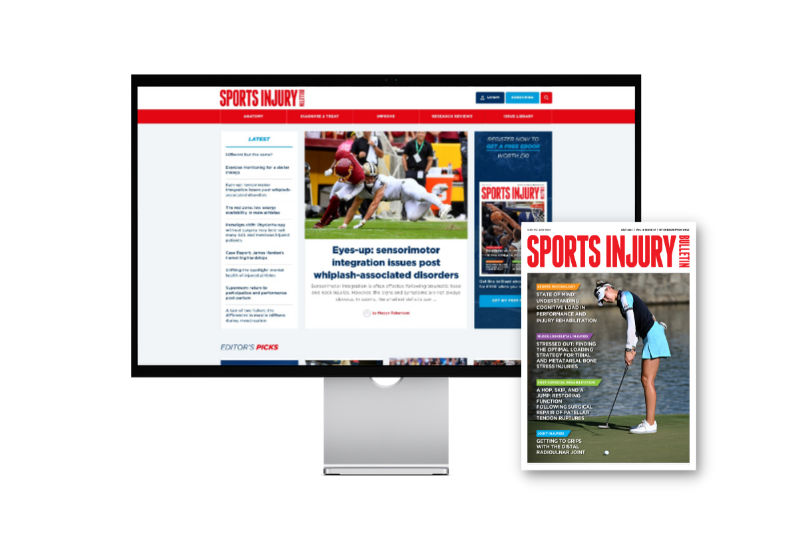 TAKE A RISK-FREE TRIAL
TAKE A RISK-FREE TRIAL
Newsletter Sign Up
Subscriber Testimonials
Dr. Alexandra Fandetti-Robin, Back & Body Chiropractic
Elspeth Cowell MSCh DpodM SRCh HCPC reg
William Hunter, Nuffield Health
Newsletter Sign Up
Coaches Testimonials
Dr. Alexandra Fandetti-Robin, Back & Body Chiropractic
Elspeth Cowell MSCh DpodM SRCh HCPC reg
William Hunter, Nuffield Health
Be at the leading edge of sports injury management
Our international team of qualified experts (see above) spend hours poring over scores of technical journals and medical papers that even the most interested professionals don't have time to read.
For 17 years, we've helped hard-working physiotherapists and sports professionals like you, overwhelmed by the vast amount of new research, bring science to their treatment. Sports Injury Bulletin is the ideal resource for practitioners too busy to cull through all the monthly journals to find meaningful and applicable studies.
*includes 3 coaching manuals
Get Inspired
All the latest techniques and approaches
Sports Injury Bulletin brings together a worldwide panel of experts – including physiotherapists, doctors, researchers and sports scientists. Together we deliver everything you need to help your clients avoid – or recover as quickly as possible from – injuries.
We strip away the scientific jargon and deliver you easy-to-follow training exercises, nutrition tips, psychological strategies and recovery programmes and exercises in plain English.


